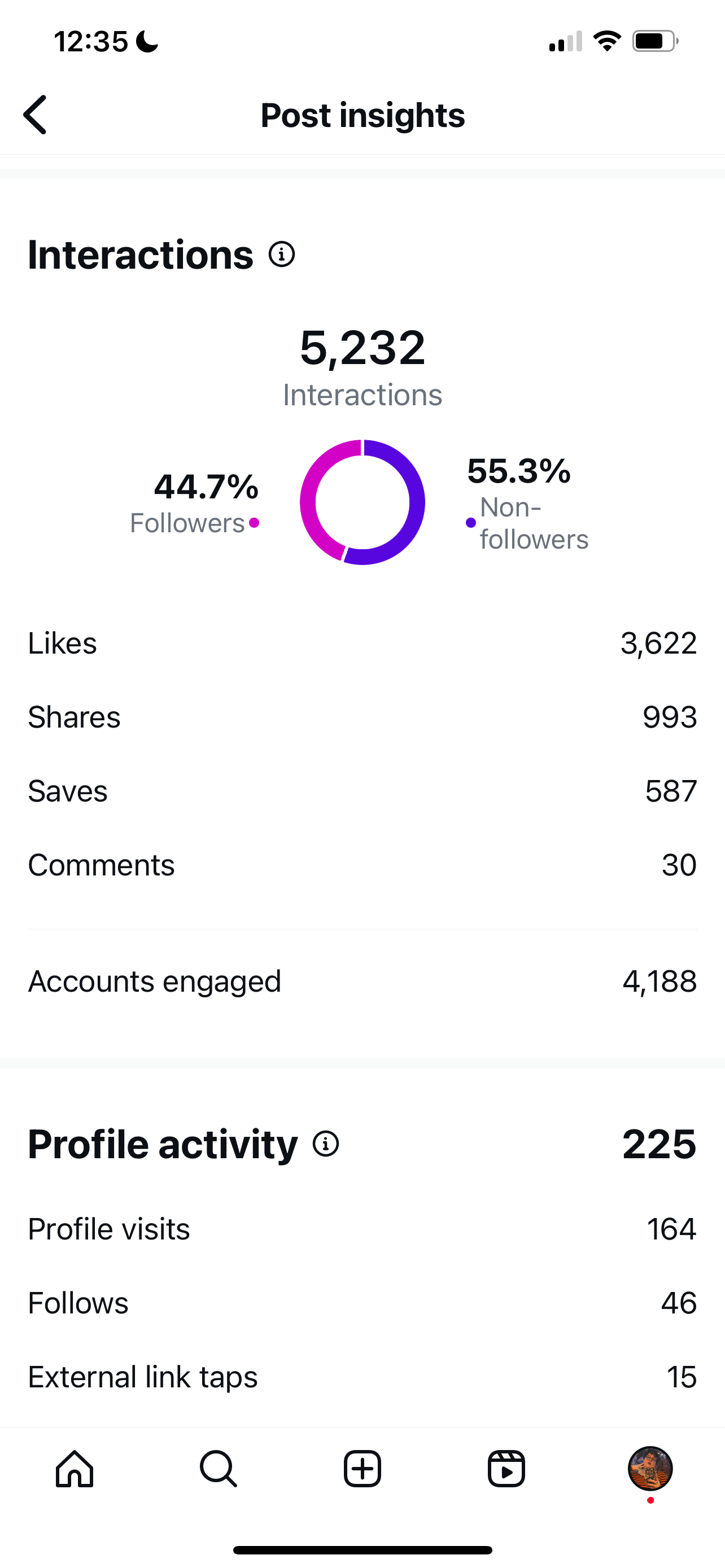How to Stick to a Content Plan (Even If You Have ADHD)
When people say you need to “stick to a content plan” that’s kind of a lie. Especially if you’re neurodivergent like me. You’re told to make a “monthly content calendar” and just... follow it. But what happens when your brain forgets it exists after day three?
If you’ve ever felt overwhelmed, inconsistent, or straight-up allergic to structure, this post is for you.
I’m going to show you how I plan content as a full-time artist with ADHD for my art account Letter Shoppe, using a process that’s both repeatable and flexible. No guilt. No burnout. No one-size-fits-all nonsense.
Why Traditional Content Planning Doesn’t Work for Everyone
Most content calendars and marketing advice out there assume you’re a robot.
They expect you to post X times a week, show up every day, and stick to rigid themes like you don’t have a life or mental health to manage.
If you’re neurodivergent, chronically overwhelmed, or juggling multiple projects, that kind of plan will fail you fast.
What you need instead is a system that works with your energy, not against it.
Step 1: Build a Repeatable Weekly Routine (Not a Monthly Marathon)
Instead of trying to map out 30 days in advance, start small.
Here’s what my weekly content routine actually looks like:
Monday is my BIG content day.
I plan and film everything in one go. I always outline my scripts and brainstorm hook ideas inside Buffer’s “Create” tab, it’s honestly underrated. I treat it like a hybrid between a calendar and a content journal.
Dumping everything I haven’t filmed yet into the “Unassigned” tab, then move each project through my to-do list stages: filmed, edited, scheduled. It keeps me from losing track of what I’ve already done (because ADHD will always mess with me).
Tuesday is editing and scheduling day.
I clean up the footage, trim it down, add music and overlays, and upload everything directly to Buffer again to send out to all 11 of my platforms.
Wednesday to Friday?
That’s when I handle the rest of my business, emails, product design, coaching calls, or whatever else pops up.
If I’ve got the energy, I’ll batch 2–4 weeks of content all at once. But if life is life-ing again, this bare-minimum routine still gets the job done without the guilt.
Step 2: Know Your Baseline Goals
Before you make a plan, define what “success” actually looks like for you, based on what kind of content you're making and the goal of each post.
For me, that usually means focusing on Instagram first, then reposting across other platforms:
2–3 short-form videos per week focused on gaining new followers
(Reposted to TikTok and YouTube Shorts)1–2 new art carousel posts designed to get shares and drive traffic to my shop
(Reposted to Pinterest)1–2 reposts of older carousels and videos that still lead people to my shop
(Reposted to Pinterest)
This mix gives me structure without locking me into a perfectionist spiral.
And yes, reposting any content is allowed. You’ve spent years creating. Use that library.
STEP 3: the trick that saved my executive dysfunction brain
I don’t finish one full video before starting the next. Instead, I tackle one step at a time across the whole batch.
I use CapCut to edit everything and Buffer to schedule content across all my social platforms.
Here’s what my CapCut workflow looks like:
Record all my talking head videos and B-roll based on a loose, outlined script
Upload everything into each project at once (so I remember which clips go where)
Trim all footage down, editing out pauses and mistakes, keeping it under 90 seconds
Add a short SEO text hook and a clear CTA telling viewers what to do next
Layer on all overlays and graphics, especially in the first few seconds
Include copyright-free music and sound effects for polish
Export each video individually and upload to Buffer
Use ChatGPT to refine captions and generate SEO-optimized hashtags
(I give it a rough draft and ask for edits + recommendations)
This process makes content batching feel fast, focused, and way less overwhelming. Because I handle each task one step at a time, I can stay in the zone, and if it takes more than a day, that’s okay.
Some weeks I film 3 videos. Other weeks, when I have no meetings, I can knock out 7. It all depends. And that’s the point, you’re allowed to pace yourself.
Step 4: Make Room for “Quick Wins” and Experiments
Your content plan shouldn’t just be filled with brand-new ideas.
I always leave room for:
Quick wins: Things I know perform well and are easy to make
Experiments: New formats or weird ideas I want to test
Life happens: Reposts or low-effort content when I’m low on time or spoons
This keeps things fresh, fun, and realistic.
Step 5: Check Your Analytics Weekly (And Adjust)
Sticking to a content plan means knowing when to pivot.
Once a week, I look at my art content on Instagram and ask:
What performed well?
What flopped?
What actually felt good to make?
And then I get honest with myself.
If something has low views, that usually means my hook wasn’t strong enough—it didn’t stop the scroll.
If it got views but barely any likes, comments, or shares, it probably lacked a solid call to action or didn’t say anything that made people feel seen or want to weigh in.
If I didn’t get many clicks to my site, that’s on me for not guiding people clearly enough or making the content feel worth clicking.
The goal here isn’t to overanalyze or shame myself, it’s to learn. If I keep doing the same thing and it’s not working, I stop. If something surprising does well, I lean into it.
This weekly audit helps me create a plan that grows with me, not one that punishes me for being human.
You’re Not Failing.
You Just Need a Plan That Fits You
If content planning has felt impossible, it’s not because you suck.
It’s because most systems weren’t made for how your brain works.
Your content plan should feel like a guide, not a punishment.
Make it flexible. Make it forgiving. And most of all—make it yours.
Need Help Planning Your Content Without Burning Out?
That’s exactly why I created the Artisan Reset Planner.
It’s a content planning system designed for artists with ADHD, busy schedules, and big dreams.
You’ll get:
Weekly planning pages
Batch scheduling templates
Habit tracking for real humans
And flexible structures that grow with you
Grab it here and build a content rhythm that actually sticks.









